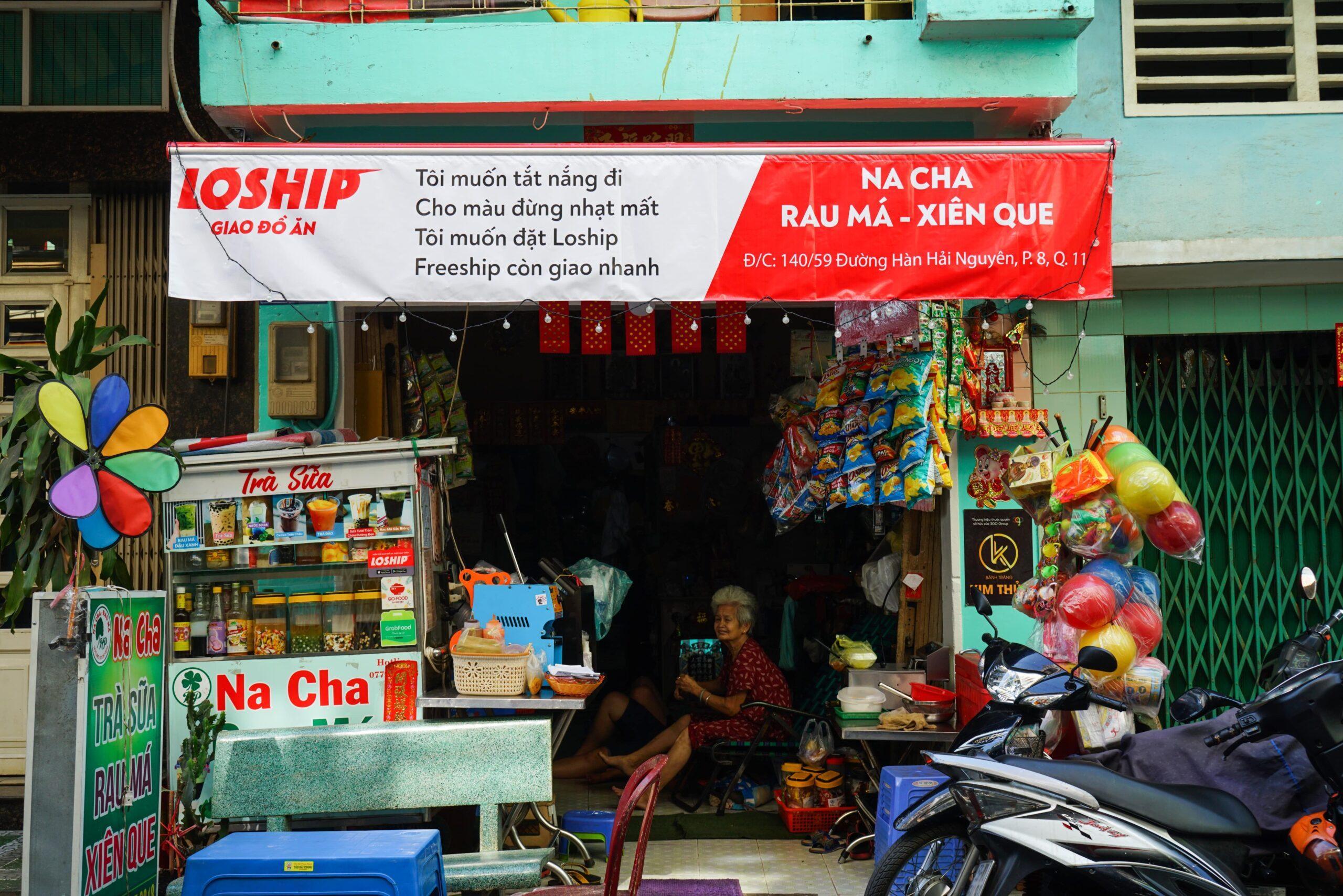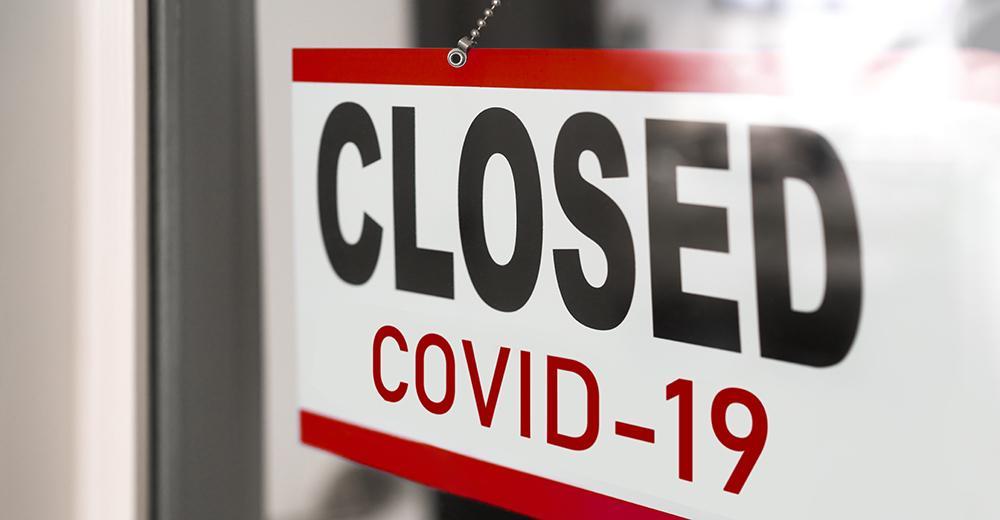AsiaTechDaily – Asia's Leading Tech and Startup Media Platform

What Pandemic? Amidst The COVID Scare, India Heads Back To Work
With close to 8 million cases at the time of writing this article, India is the 2nd worst COVID affected country on the planet. However, amidst a raging pandemic, Indians are back to work and are willing to forget the pandemic for the festival season. From people thronging the markets in Kolkata to celebrate Durga Puja to people getting back to work in the buzzing factories of Maharashtra, one of the worst affected states in the country, India is almost back to normal.
After strict lockdowns across the country that started from March 25th and lasted for over two months, millions of people were on the brink of starvation. The job loss stress and being forced to stay at home has affected people’s psyche, and hence the second-most populous country in the world has decided that life must go on.
Last week, Chennai’s popular Kumaran silk shop was sealed after a viral video showed a massive crowd violating the COVID-19 norms. A large number of people turned out to shop, violating all coronavirus protocols. The Chennai Municipal authorities had to seal the shop as there was no social distancing and hundreds of people thronged the shop with hardly a few wearing masks.
The after-effects of Lockdown
Lockdown has exhausted many families’ savings, and people were left with no other option but to return to work even though India’s COVID tally showed a steep upward trend. The sentiment, especially among people with daily wages, is either they die of hunger or go out amidst the virus that may or may not infect them or prove fatal.
Even with more than 77 million cases to date, the country’s recovery rate stands at 89.5%, which is higher than many other nations, and the fatality rate has also been lower than many wealthy nations. Many people who have already contracted the virus and have recovered are no longer scared of the virus and are back to work.
The economic impact of COVID-19 in the country has been mostly disruptive. As per the Ministry of Statistics, in the fourth quarter of this fiscal year, India’s growth went down to 3.1%. India was witnessing a pre-pandemic slowdown, and the present pandemic has magnified the situation. According to the IMF’s projection, the country’s GDP will contract by 10.3%, which will be the worst since India’s independence. The unemployment rate in urban India jumped from 9.7% to 25% in April, according to the Centre for Monitoring Indian Economy. However, now the unemployment rate is gradually reducing and is 8.5% as of September 2020.
Indian cities breathe back to life post lockdown
When the country went into Lockdown, it was a human catastrophe leaving millions of people in the informal economy without jobs and penniless almost overnight. Now no one wants to go back into the same situation, and with festival season in full swing, the businesses are coming back to normal. People are going to markets, taking staycations, meeting family and friends like there is no virus.
Indians are now trying to reclaim what they once took for granted. Even though workplace mobility has come back to almost normal levels across the country, many companies in big Indian cities have institutionalized work-from-home arrangements to ensure business continuity. A big spike in usage of video-conferencing apps such as Microsoft Teams, Zoom, and Google Meet is an indication that many organizations have adapted to the new normal.
Most of the schools in the country are still functioning on an online platform barring a few states that have reopened school from October 15th, however, the attendance in schools is less than 50%.
According to a recent study, experts suggest that India may be able to check the COVID-19 pandemic by February 2021. Hence, the next few months are crucial to see how the pandemic plays out and how soon the demand for goods and services return to normal levels.
Despite the threat of virus still looming over the country, India goes into festival mode
In the eastern city of Kolkata, where Durga Puja is always celebrated with great pomp and show people are not ready to miss the enjoyment this year as well –corona or no corona. The Union Health Minister, Dr. Harsh Vardhan, in an interview recently said that “we can enjoy festivals only when we are healthy.” He has stated that it is up to the state governments to decide on allowing puja pandals. During the ongoing Navratri, the Maharashtra government has issued an advisory under which there is no Dandiya and Garba Mahotsav to be celebrated.
Prime Minister, Mr. Narendra Modi in his address to the nation on October 20th, has reiterated and requested the people of India to follow all protocols during festivities to avoid further spread of this deadly virus that has already grappled economies across the globe. During the festivals of Navratri, Durga Puja, Dussehra, and Diwali, people tend to meet family and friends, hold gatherings, and visit marketplaces. If social distancing measures and the wearing of mask mandate are not followed, then results could be devastating.
India’s daily COVID-19 infection cases see a dip
The urge to get back to normal life and the need for survival has made people come out to work. However, not following the coronavirus protocols, especially during this festive season, can see another spike in the number of cases that have seen a recent dip in the last 5-6 days after peaking in September. In the last few days, the number of infections per day has reduced to an average of 50,000 plus cases from 95,000 plus in September. On October 20th, for the first time in nearly three months, India’s daily infection number dropped below 50,000; a total of 46,790 infected cases were reported.
The dip in numbers has also brought down the active cases below 700,000, and experts suggest that India’s peak might be over. However, the rising pollution levels during October-November and the major festivals- Durga Puja, Dussehra, and Diwali around may lead to another wave of infections as people crowd markets to avail of the festival discounts that are offered on various products during this time.
India’s fatality rate has also been relatively low- about 1.5% of its more than 7.8 million cases. This has surprised many who warned that the virus would create havoc on the crowded cities, overwhelmed by poor sanitation and the rundown public healthcare system. Some are even accounting it for likely undercounting. However, the nightmare of dead bodies piling up as witnessed during the Spanish Flu in 1918 has thankfully not materialized.
The experts advise that the government should not simply let the virus run its course. The public healthcare system needs to be ramped up further because this virus will not go away easily- it’s here to stay for a longer time.
Since a large number of people have already recovered from COVID-19, there is a common assumption that they will not get infected again. While re-infection cases are not many, but there is still a high risk of getting re-infected. To say the least, assuming anything about the disease or its behavior can prove to be dangerous.
The bottom line is that many people are tired out while taking constant precautions to avoid the infection. A few of them have also given up on taking precautions for reasons best known to them. However, following a COVID-19 appropriate behavior and taking all precautions, diligently is still the need of the hour as we go back to work.
There is still a long way to go before the economy recovers to pre-COVID levels.





